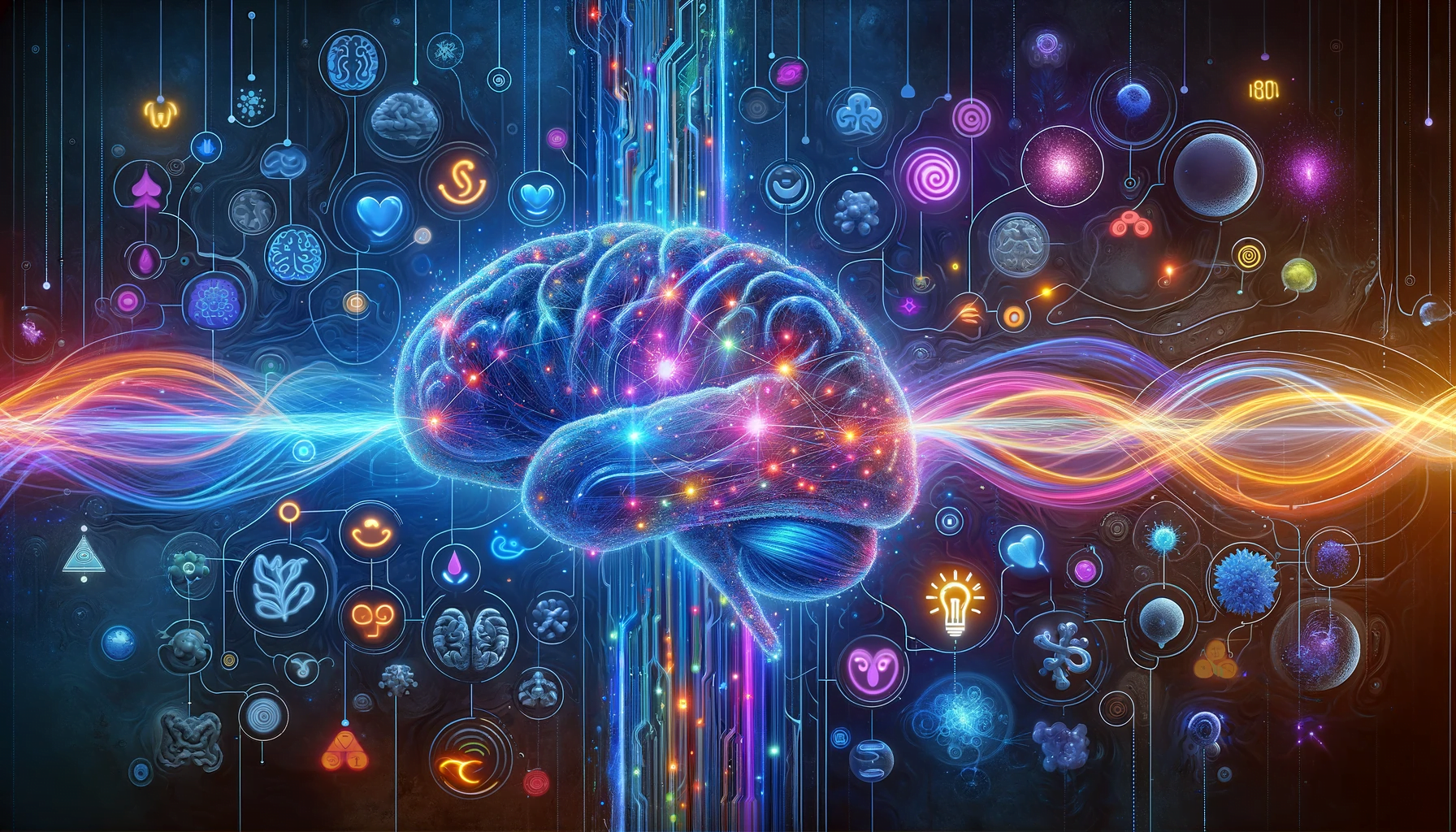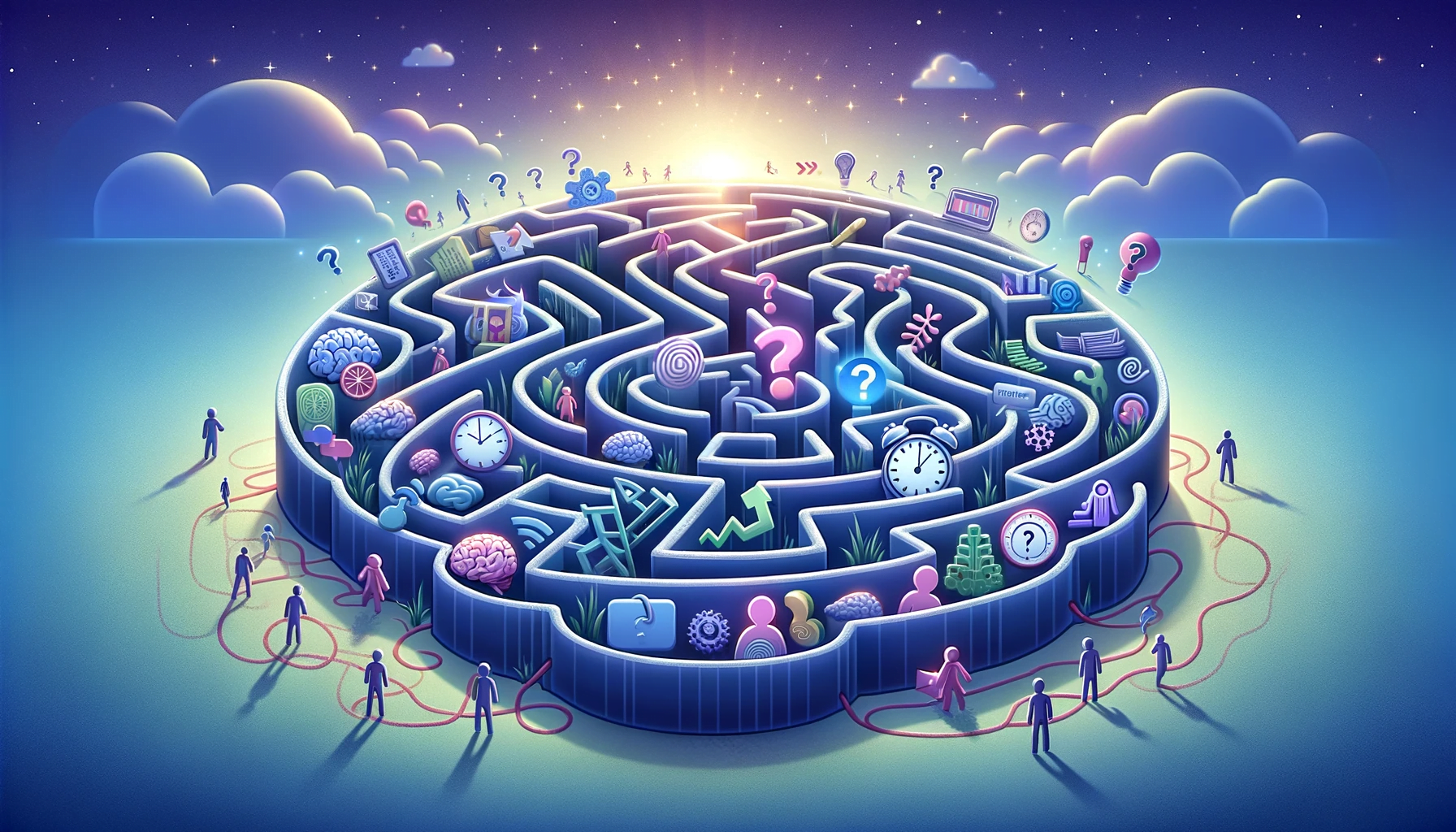Introduction: Phobias are persistent, excessive, and irrational fears of specific objects, situations, or activities that lead to significant distress and avoidance behavior. This article investigates the nature of specific phobias, their psychological impact, and the various treatment methods available, with a focus on exposure therapy and other effective interventions.
Understanding Phobias:
Phobias are more intense than simple fear reactions and can develop around virtually any object or situation. They are usually divided into specific phobias, social phobia (social anxiety disorder), and agoraphobia. Specific phobias are intense fears of particular things like heights, snakes, or flying.
Psychological Impact of Phobias:
- Avoidance: Individuals with phobias often go to great lengths to avoid the feared object or situation, which can restrict their lives significantly.
- Anxiety and Panic: Encountering or even thinking about the feared object or situation can lead to severe anxiety or panic attacks.
- Impairment in Daily Life: Phobias can interfere with daily activities, work, and relationships.
Investigating Specific Phobias:
- Common Phobias: Some of the most common specific phobias include fear of heights (acrophobia), spiders (arachnophobia), and flying (aerophobia).
- Development of Phobias: Phobias can develop through a traumatic event, observation of others experiencing trauma, or even through information or misinformation.
Treatment Through Exposure Therapy:
- Principle of Exposure Therapy: Involves gradual, controlled exposure to the feared object or situation to desensitize and reduce the fear response.
- Types of Exposure: Includes in vivo (real-life exposure), imaginal (visualizing the feared object), and virtual reality exposures.
- Effectiveness: Exposure therapy is considered one of the most effective treatments for specific phobias, helping many individuals to overcome their fears and lead more normal lives.
Other Treatment Methods:
- Cognitive Behavioral Therapy (CBT): Helps change the negative thought patterns associated with the phobia.
- Medication: While not a cure, medications can sometimes be used to manage severe anxiety symptoms related to phobias.
- Relaxation Techniques: Methods such as deep breathing, meditation, or progressive muscle relaxation can help manage anxiety symptoms.
Conclusion: Phobias are a widespread issue that can significantly impact individuals’ quality of life. However, with proper understanding and treatment, including exposure therapy and cognitive-behavioral techniques, many people can manage or overcome their fears. Continued research and personalized treatment approaches are vital in helping those affected by specific phobias to reclaim their freedom from fear.




